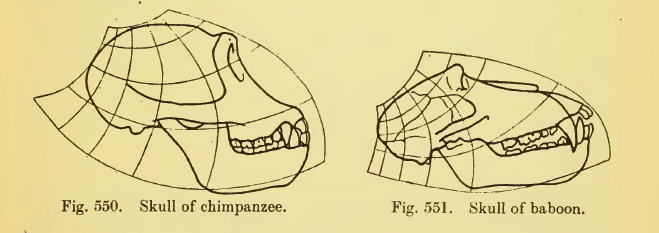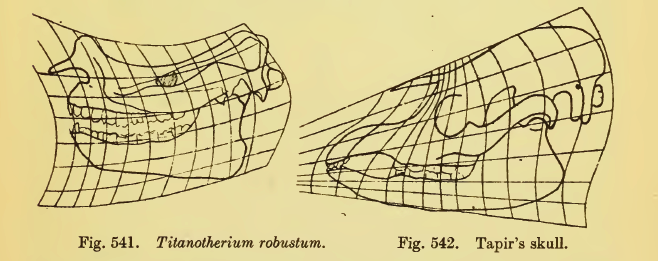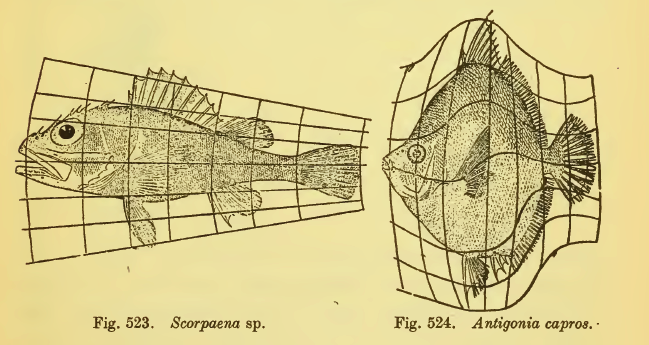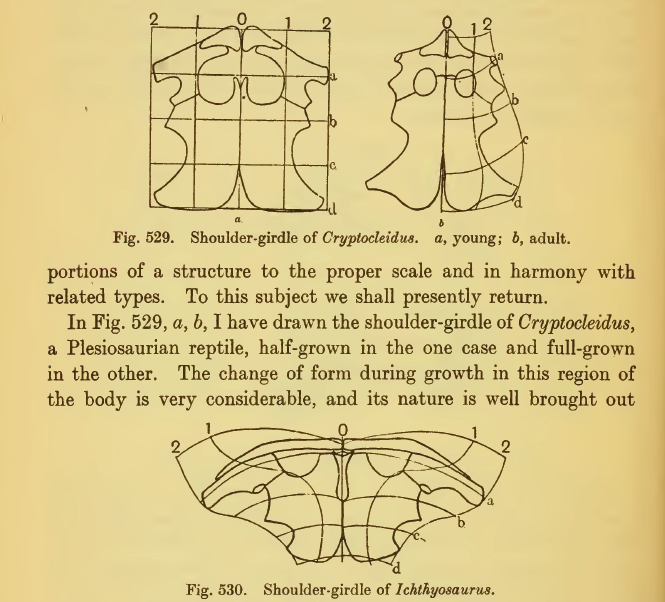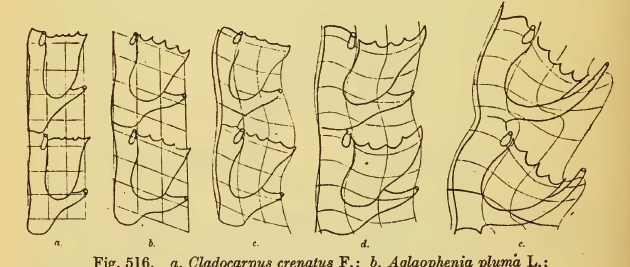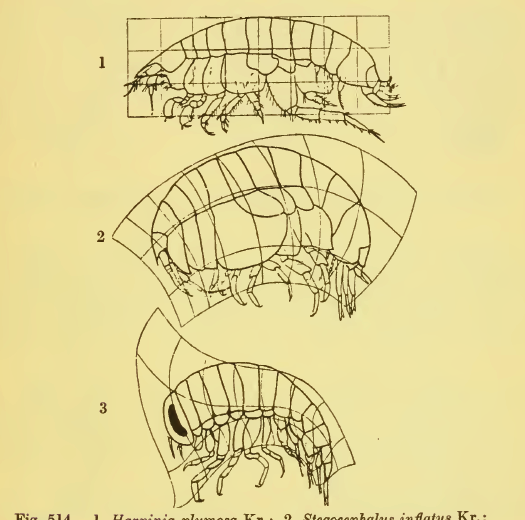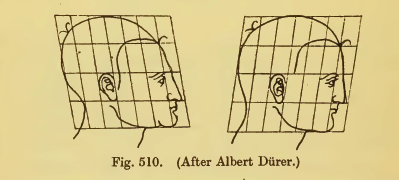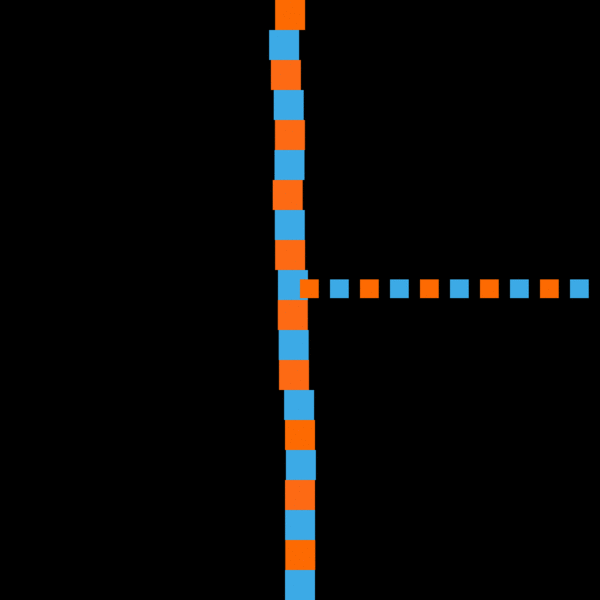
I ended up using the double exponential sigmoid as I wanted the squares to be able to tend toward the centre point from both sides. I initially had blocked out the squares on rectangles which highlighted where the squares would appear and re-appear, but I didn't like how busy they made the image. Once this had been laid out, I had to adjust the percentage amounts of each square on the sigmoid so that they all paused at that common central point. Once this was done I wanted to incorporate some form of spiral motion, but I wanted it to also be somewhat bi-parted as well to go with the squares, hence the two spiralling arms.
I felt I succeeded with the sigmoid nature of the squares, and am pretty proud of how they as a unit follow a curve, but also individually do. I still think the image is a bit too busy, and I still would've liked to incorporate more circular motion but it would have oversaturated the gif with content I think. The squares don't line up as well as I would like, given that I had to adjust the percentages of the sigmoids by eye so a more mathematic approach to that would make it appear that bit more fluid.

// Template used from 60-212 Website // This is a template for creating a looping animation in p5.js (JavaScript). // When you press the 'F' key, this program will export a series of images into // your default Downloads folder. These can then be made into an animated gif. // This code is known to work with p5.js version 0.6.0 // Prof. Golan Levin, 28 January 2018 // INSTRUCTIONS FOR EXPORTING FRAMES (from which to make a GIF): // 1. Run a local server, using instructions from here: // https://github.com/processing/p5.js/wiki/Local-server // 2. Set the bEnableExport variable to true. // 3. Set the myNickname variable to your name. // 4. Run the program from Chrome, press 'f'. // Look in your 'Downloads' folder for the generated frames. // 5. Note: Retina screens may export frames at twice the resolution. //=================================================== // User-modifiable global variables. var myNickname = "nickname"; var nFramesInLoop = 120; var bEnableExport = false; // Other global variables you don't need to touch. var nElapsedFrames; var bRecording; var theCanvas; //=================================================== function setup() { theCanvas = createCanvas(640, 640); bRecording = false; nElapsedFrames = 0; frameRate(120); } //=================================================== function keyTyped() { if (bEnableExport) { if ((key === 'f') || (key === 'F')) { bRecording = true; nElapsedFrames = 0; } } } //=================================================== function draw() { // Compute a percentage (0...1) representing where we are in the loop. var percentCompleteFraction = 0; if (bRecording) { percentCompleteFraction = float(nElapsedFrames) / float(nFramesInLoop); } else { percentCompleteFraction = float(frameCount % nFramesInLoop) / float(nFramesInLoop); } // Render the design, based on that percentage. // This function renderMyDesign() is the one for you to change. renderMyDesign (percentCompleteFraction); // If we're recording the output, save the frame to a file. // Note that the output images may be 2x large if you have a Retina mac. // You can compile these frames into an animated GIF using a tool like: if (bRecording && bEnableExport) { var frameOutputFilename = myNickname + "_frame_" + nf(nElapsedFrames, 4) + ".png"; print("Saving output image: " + frameOutputFilename); saveCanvas(theCanvas, frameOutputFilename, 'png'); nElapsedFrames++; if (nElapsedFrames >= nFramesInLoop) { bRecording = false; } } } //=================================================== function renderMyDesign (percent) { // // THIS IS WHERE YOUR ART GOES. // This is an example of a function that renders a temporally looping design. // It takes a "percent", between 0 and 1, indicating where we are in the loop. // Use, modify, or delete whatever you prefer from this example. // This example uses several different graphical techniques. // Remember to SKETCH FIRST! //---------------------- // here, I set the background and some other graphical properties background(0); smooth(); stroke(0, 0, 0); strokeWeight(0); //---------------------- // Here, I assign some handy variables. var cx = 100; var cy = 100; //---------------------- // COLOUR NUMBERS FROM BOTTOM // ORANGE 1 //strokeWeight(0); //fill(60, 170, 230); //rect(192, 576, 384, 32); var eased = doubleExponentialSigmoid (percent, 0.9); eased = (eased + 0.319)%1.0; // shifted by a half-loop, for fun var xPosition1 = map(eased, 0, 1, 192, 544); fill (253, 106, 2); rect (xPosition1, 576, 32, 32); // ORANGE 2 //strokeWeight(0); //fill(60, 170, 230); //rect(160, 512, 384, 32); var eased = doubleExponentialSigmoid (percent, 0.8); eased = (eased + 0.45)%1.0; // shifted by a half-loop, for fun var xPosition1 = map(eased, 0, 1, 160, 480); fill (253, 106, 20); rect (xPosition1, 512, 32, 32); // ORANGE 3 //strokeWeight(0); //fill(60, 170, 230); //rect(128, 448, 384, 32); var eased = doubleExponentialSigmoid (percent, 0.6); eased = (eased + 0.5)%1.0; // shifted by a half-loop, for fun var xPosition1 = map(eased, 0, 1, 128, 480); fill (253, 106, 2); rect (xPosition1, 448, 32, 32); // ORANGE 4 //strokeWeight(0); //fill(60, 170, 230); //rect(192, 384, 384, 32); var eased = doubleExponentialSigmoid (percent, 0.4); eased = (eased + 0.3)%1.0; // shifted by a half-loop, for fun var xPosition1 = map(eased, 0, 1, 192, 544); fill (253, 106, 20); rect (xPosition1, 384, 32, 32); // ORANGE 5 //strokeWeight(0); //fill(60, 170, 230); //rect(64, 320, 384, 32); var eased = doubleExponentialSigmoid (percent, 0.2); eased = (eased + 0.66)%1.0; // shifted by a half-loop, for fun var xPosition1 = map(eased, 0, 1, 64, 416); fill (253, 106, 20); rect (xPosition1, 320, 32, 32); // ORANGE 6 //strokeWeight(0); //fill(60, 170, 230); //rect(128, 256, 384, 32); var eased = doubleExponentialSigmoid (percent, 0.2); eased = (eased + 0.47)%1.0; // shifted by a half-loop, for fun var xPosition1 = map(eased, 0, 1, 128, 480); fill (253, 106, 20); rect (xPosition1, 256, 32, 32); // ORANGE 7 //strokeWeight(0); //fill(60, 170, 230); //rect(224, 192, 384, 32); var eased = doubleExponentialSigmoid (percent, 0.4); eased = (eased + 0.19)%1.0; // shifted by a half-loop, for fun var xPosition1 = map(eased, 0, 1, 224, 576); fill (253, 106, 20); rect (xPosition1, 192, 32, 32); // ORANGE 8 //strokeWeight(0); //fill(60, 170, 230); //rect(156, 128, 384, 32); var eased = doubleExponentialSigmoid (percent, 0.6); eased = (eased + 0.39)%1.0; // shifted by a half-loop, for fun var xPosition1 = map(eased, 0, 1, 156, 508); fill (253, 106, 20); rect (xPosition1, 128, 32, 32); // ORANGE 9 //strokeWeight(0); //fill(60, 170, 230); //rect(32, 64, 384, 32); var eased = doubleExponentialSigmoid (percent, 0.8); eased = (eased + 0.73)%1.0; // shifted by a half-loop, for fun var xPosition1 = map(eased, 0, 1, 32, 384); fill (253, 106, 20); rect (xPosition1, 64, 32, 32); // ORANGE 10 //strokeWeight(0); //fill(60, 170, 230); //rect(128, 0, 384, 32); var eased = doubleExponentialSigmoid (percent, 0.9); eased = (eased + 0.47)%1.0; // shifted by a half-loop, for fun var xPosition1 = map(eased, 0, 1, 128, 480); fill (253, 106, 2); rect (xPosition1, 0, 32, 32); push(); translate(320, 320); var orange = true; for (var squareX = 0; squareX <= width; squareX += 32){ // Here's a linearly-moving square var eased = doubleExponentialSigmoid (percent, 0.5); eased = (eased)%1.0; // shifted by a half-loop, for fun var yPosition = map(eased, 0, 1, topY, botY); var rotatingSquareAngle = percent * TWO_PI rotate(rotatingSquareAngle); var squareSize = 20; var topY = 0 - squareSize - 2; var botY = height + 2; var sPercent = (percent)%1.0; // shifted by a half-loop // var yPosition = map(sPercent, 0, 1, topY, botY); if (orange == true){ fill(253, 106, 2); orange = false;} else{ fill(60, 170, 230); orange = true;} rect(squareX, yPosition, 20, 20);} pop(); // BLUE 1 // strokeWeight(0); // fill(120, 253, 106, 2); // rect(128, 608, 384, 32); var eased = doubleExponentialSigmoid (percent, 0.2); eased = (eased + 0.5)%1.0; // shifted by a half-loop, for fun var xPosition1 = map(eased, 0, 1, 128, 480); fill (60, 170, 230); rect (xPosition1, 608, 32, 32); // BLUE 2 //strokeWeight(0); //fill(253, 106, 2); //rect(64, 544, 384, 32); var eased = doubleExponentialSigmoid (percent, 0.4); eased = (eased + 0.682)%1.0; // shifted by a half-loop, for fun var xPosition1 = map(eased, 0, 1, 64, 416); fill (60, 170, 230); rect (xPosition1, 544, 32, 32); // BLUE 3 //strokeWeight(0); //fill(253, 106, 2); //rect(224, 480, 384, 32); var eased = doubleExponentialSigmoid (percent, 0.6); eased = (eased + 0.23)%1.0; // shifted by a half-loop, for fun var xPosition1 = map(eased, 0, 1, 224, 576); fill (60, 170, 230); rect (xPosition1, 480, 32, 32); // BLUE 4 //strokeWeight(0); //fill(253, 106, 2); //rect(32, 416, 384, 32); var eased = doubleExponentialSigmoid (percent, 0.8); eased = (eased + 0.77)%1.0; // shifted by a half-loop, for fun var xPosition1 = map(eased, 0, 1, 32, 384); fill (60, 170, 230); rect (xPosition1, 416, 32, 32); // BLUE 5 //strokeWeight(0); //fill(253, 106, 2); //rect(160, 352, 384, 32); var eased = doubleExponentialSigmoid (percent, 0.9); eased = (eased + 0.39)%1.0; // shifted by a half-loop, for fun var xPosition1 = map(eased, 0, 1, 160, 512); fill (60, 170, 230); rect (xPosition1, 352, 32, 32); // BLUE 6 //strokeWeight(0); //fill(253, 106, 2); //rect(256, 288, 384, 32); var eased = doubleExponentialSigmoid (percent, 0.9); eased = (eased + 0.115)%1.0; // shifted by a half-loop, for fun var xPosition1 = map(eased, 0, 1, 256, 608); fill (60, 170, 230); rect (xPosition1, 288, 32, 32); // BLUE 7 //strokeWeight(0); //fill(253, 106, 2); //rect(96, 224, 384, 32); var eased = doubleExponentialSigmoid (percent, 0.8); eased = (eased + 0.56)%1.0; // shifted by a half-loop, for fun var xPosition1 = map(eased, 0, 1, 96, 448); fill (60, 170, 230); rect (xPosition1, 224, 32, 32); // BLUE 8 //strokeWeight(0); //fill(253, 106, 2); //rect(64, 160, 384, 32); var eased = doubleExponentialSigmoid (percent, 0.6); eased = (eased + 0.65)%1.0; // shifted by a half-loop, for fun var xPosition1 = map(eased, 0, 1, 64, 416); fill (60, 170, 230); rect (xPosition1, 160, 32, 32); // BLUE 9 //strokeWeight(0); //fill(253, 106, 2); // rect(192, 96, 384, 32); var eased = doubleExponentialSigmoid (percent, 0.4); eased = (eased + 0.284)%1.0; // shifted by a half-loop, for fun var xPosition1 = map(eased, 0, 1, 192, 544); fill (60, 170, 230); rect (xPosition1, 96, 32, 32); // BLUE 10 //strokeWeight(0); //fill(253, 106, 2); //rect(192, 32, 384, 32); var eased = doubleExponentialSigmoid (percent, 0.2); eased = (eased + 0.27)%1.0; // shifted by a half-loop, for fun var xPosition1 = map(eased, 0, 1, 192, 544); fill (60, 170, 230); rect (xPosition1, 32, 32, 32); push(); translate(320, 320); var orange = true; for (var squareX = 0; squareX <= width; squareX += 32){ // Here's a linearly-moving square var eased = doubleExponentialSigmoid (percent, 0.5); eased = (eased)%1.0; // shifted by a half-loop, for fun var yPosition = map(eased, 0, 1, topY, botY); var rotatingSquareAngle = percent * TWO_PI rotate(-rotatingSquareAngle); var squareSize = 20; var topY = 0 - squareSize - 2; var botY = height + 2; var sPercent = (percent)%1.0; // shifted by a half-loop // var yPosition = map(sPercent, 0, 1, topY, botY); if (orange == true){ fill(253, 106, 2); orange = false;} else{ fill(60, 170, 230); orange = true;} rect(squareX, yPosition, 20, 20);} pop(); } // Symmetric double-element sigmoid function ('_a' is the slope) // See https://github.com/IDMNYU/p5.js-func/blob/master/lib/p5.func.js // From: https://idmnyu.github.io/p5.js-func/ //=================================================== function doubleExponentialSigmoid (_x, _a){ if(!_a) _a = 0.75; // default var min_param_a = 0.0 + Number.EPSILON; var max_param_a = 1.0 - Number.EPSILON; _a = constrain(_a, min_param_a, max_param_a); _a = 1-_a; var _y = 0; if (_x<=0.5){ _y = (pow(2.0*_x, 1.0/_a))/2.0; } else { _y = 1.0 - (pow(2.0*(1.0-_x), 1.0/_a))/2.0; } return(_y); } |

